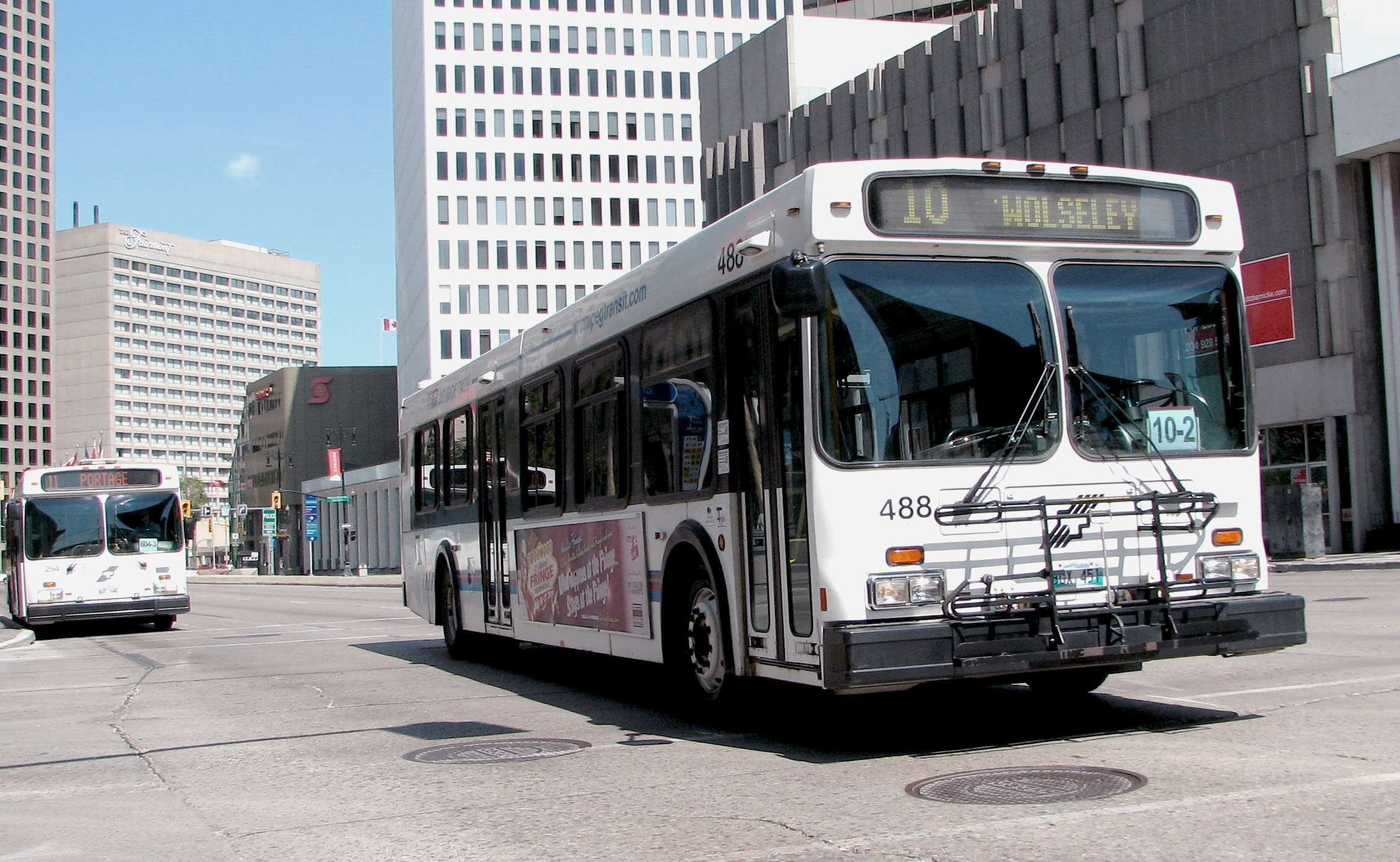A 23-year-old man was recently arrested and charged in connection with a September assault on a Winnipeg Transit bus driver, just the latest Winnipeg example of what has become an outbreak of violent attacks on Canadian bus drivers.
Dwight John Stevenson was charged with the assault of a 50-year-old transit driver. The attack was caught on tape and released to the public by police on Oct. 29. Stevenson was arrested for an unrelated violent incident that took place on Halloween. He is currently being held at the Winnipeg Remand Centre.
The video shows a man getting on a bus, refusing to pay the fare, and upon being refused a transfer, repeatedly punching and kicking the driver. The attack lasts between two and three minutes, and is stopped only when two other men get on the bus and intervene.
Unfortunately, such incidents are not uncommon across the country.
The Honourable Bob Runciman, in his Nov. 7 statement at the Senate regarding violence against bus drivers, noted what he perceived as an “insufficient response by our justice system” in cases of bus driver assaults, particularly of one that occurred against Ottawa driver John Karagiannis in April. Said Runciman: “I’d like to say this attack was an isolated incident, but it was not. Two-thousand bus drivers are assaulted every year in Canada.”
One such attack, which occurred in Edmonton in 2009, inspired the proposal of a bill—which did not become law—called “Bregg’s Law.” The bill would have introduced harsher sentences for those who assault transit drivers by introducing a “public transit operator” definition in the Criminal Code, thereby making the assault of a driver an aggravating circumstance when sentences were being determined.
This private member’s bill was named after Edmonton driver Tom Bregg who was assaulted by an intoxicated passenger. Assailant Gary Mattson knocked Bregg unconscious, then dragged him off the bus, where he stomped on his head a total of 15 times, putting the driver into the intensive care unit for two weeks and causing him to permanently lose vision in his left eye.
Mattson pleaded guilty to aggravated assault and has been classified as a dangerous offender, to be held in prison until he is determined to no longer be a danger to society.
The number of assaults in Winnipeg has decreased slightly each year since 2009, but union members and city officials say there is still much left to be done.
James Girden, president of the Amalgamated Transit Union Local 1505—which represents Winnipeg Transit drivers—stated that in Winnipeg alone there have been 36 reported acts of violence against drivers between Jan. 1 and Oct. 31 of this year.
Of the 36, only seven have resulted in arrests and charges being laid – a solve rate of just under 20 per cent.
When asked about the nature of the crimes, Girden said that 20 out of the reported 36 had been related to customers not wanting to pay their bus fares, and 20 involved intoxicated assailants. He also cited a lack of enforcement of bus fares as a possible reason for the prevalence of the attacks.
“It shouldn’t be our responsibility to have to go out there and arm-wrestle a bus fare out of your pocket [ . . . ] they should be ticketing people who are not paying a proper fare, because it’s like stealing a service and it’s got to be treated as theft.”
When asked what he believed could be a possible remedy to the problem, Girden said, “We need more videos posted like we did the last time [ . . . ] This last video that went out there was a lot of outpouring from the citizens of Winnipeg saying, ‘this is just totally unacceptable on a bus.’”
Other suggestions to increase driver and rider safety have appeared in a specially commissioned Enhancing Public Safety on Transit report. Such suggestions include hiring six police officers specifically for Winnipeg Transit—at a cost of more than $500,000 annually—to attend to some of the more dangerous routes, and handing out tickets, fines, and bans to disorderly passengers.
Other security measures have already been implemented. All 565 of Winnipeg’s Transit busses are equipped with video surveillance and GPS systems, in addition to assault prevention training for all drivers.
Girden said, “99.9 per cent of people who ride the bus are fantastic, and there’s the .1 per cent that creates a problem [ . . . ] but I got to tell you, our bus service is second to none and we are as safe to be riding as the public. It’s just unfortunate that we get these people.”


